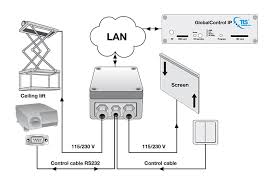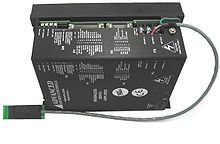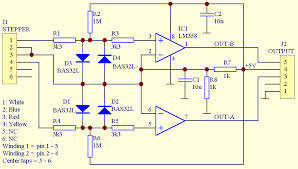,INTERFACE

,INTERFACE
In computing, an interface is a shared boundary across which two separate components of a computer system exchange information. The exchange can be between software, computer hardware, peripheral devices, humans and combinations of these. Some computer hardware devices such as a touchscreen can send and receive data through the interface, while others such as a mouse, microphone or joystick are one way only.[1]
Hardware interfaces exist in many of the components such as the various buses, storage devices, other I/O devices, etc. A hardware interface is described by the mechanical, electrical and logical signals at the interface and the protocol for sequencing them (sometimes called signaling).[2] A standard interface, such as SCSI, decouples the design and introduction of computing hardware, such as I/O devices, from the design and introduction of other components of a computing system, thereby allowing users and manufacturers great flexibility in the implementation of computing systems.[2] Hardware interfaces can be parallel with several electrical connections carrying parts of the data simultaneously, or serial where data is sent one bit at a time.
A key principle of design is to prohibit access to all resources by default, allowing access only through well-defined entry points, i.e. interfaces.[3] Software interfaces provide access to computer resources (such as memory, CPU, storage, etc.) of the underlying computer system; direct access (i.e. not through well designed interfaces) to such resources by software can have major ramifications—sometimes disastrous ones—for functionality and stability.
Interfaces between software components can provide: constants, data types, types of procedures, exception specifications and method signatures. Sometimes, public variables are also defined as part of an interface.
The interface of a software module A is deliberately defined separately from the implementation of that module. The latter contains the actual code of the procedures and methods described in the interface, as well as other "private" variables, procedures, etc. Another software module B, for example the client to A, that interacts with A is forced to do so only through the published interface. One practical advantage of this arrangement is that replacing the implementation of A by another implementation of the same interface should not cause B to fail—how A internally meets the requirements of the interface is not relevant to B, which is only concerned with the specifications of the interface. (See also Liskov
Send Enquiry




